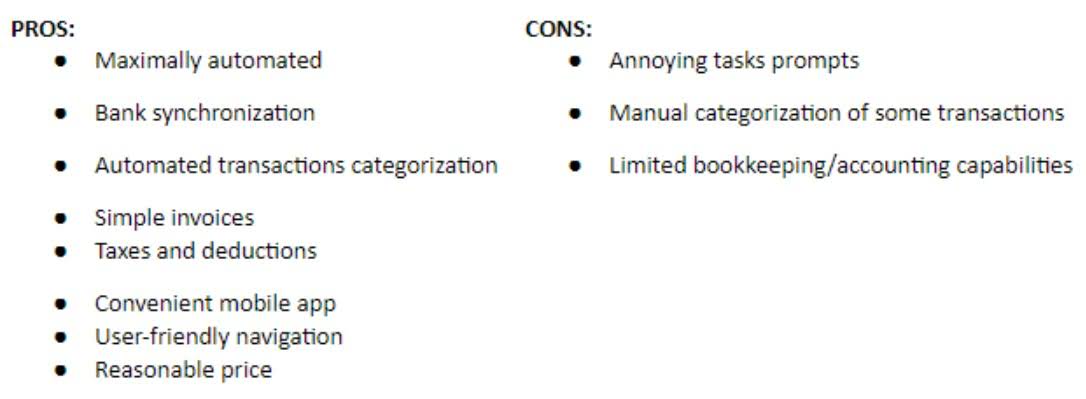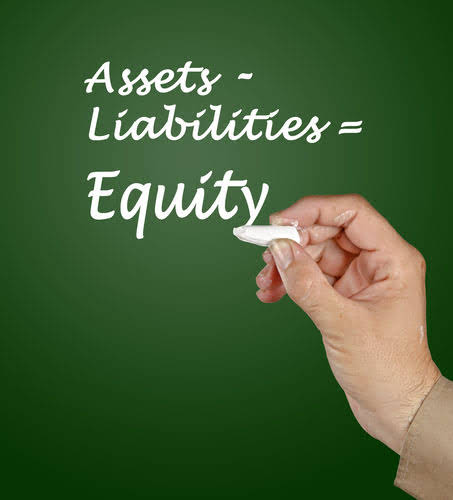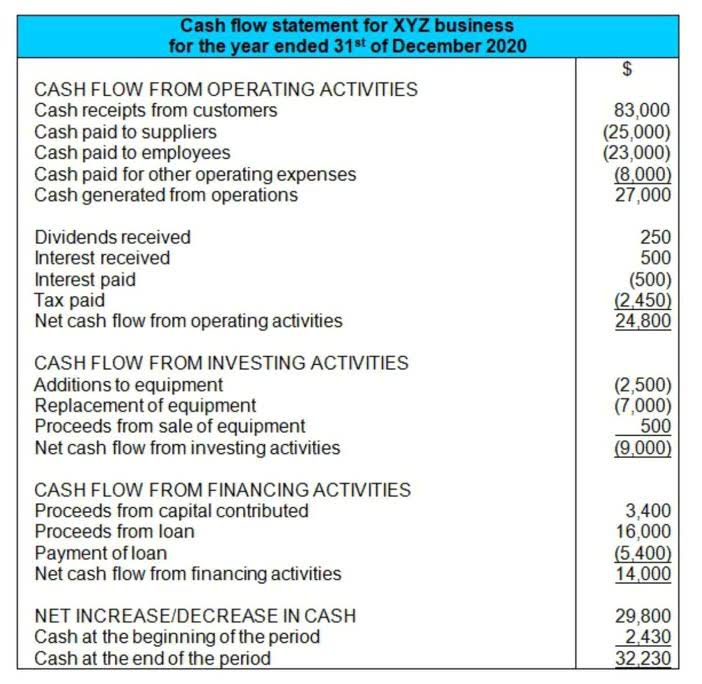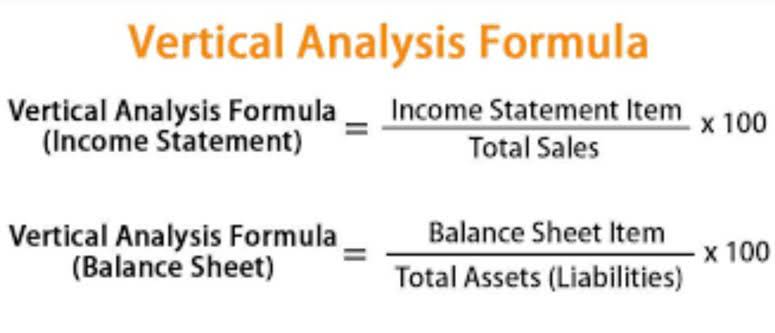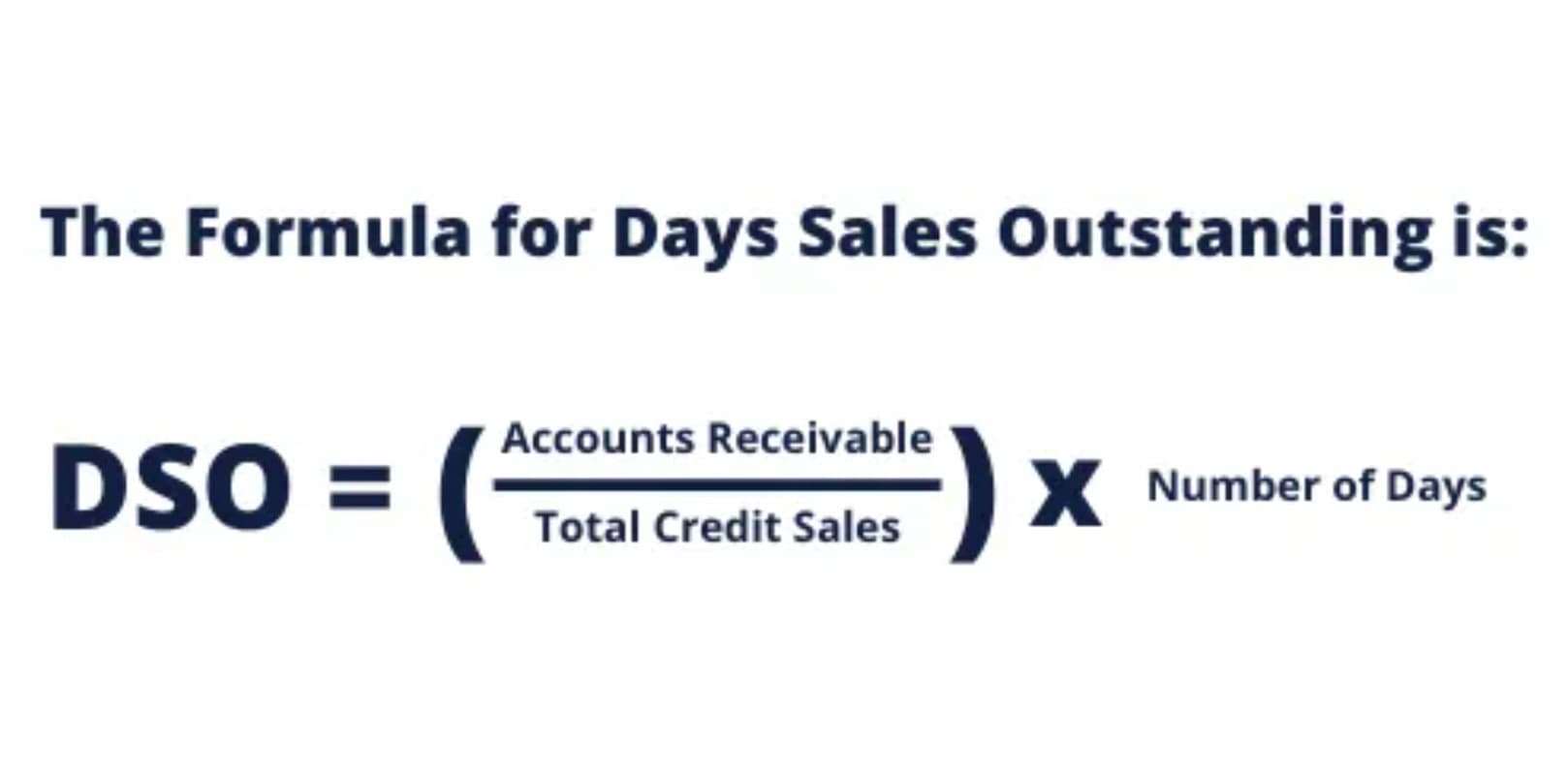Then, if your car’s ACV is $15,000 and the salvage value is determined to be $2,000, you would receive a settlement of $13,000 if you choose to keep the car. Understanding a car’s salvage value isn’t just about numbers; it’s about comprehending the intricate interplay of factors that determine a vehicle’s worth post-damage. Armed with this knowledge, car owners and insurance claimants can navigate through claims processes more confidently, ensuring fair settlements and informed decisions. You’ll almost always pay more to insure a salvage title vehicle than a comparable standard title vehicle.
How does a salvage title affect insurance?
To calculate how much you are paid, deduct this amount from the ACV. A lawyer can support you if you have the means to repair the car and believe it can be safely returned to the road. Recognize that in this scenario your car will be issued a salvage title, which indicates that it has been significantly damaged. This title affects the vehicle’s future resale value and can make it more difficult to insure. In Maryland, if you decide to repair the vehicle and return it to the road, you will need to have it inspected and re-titled.
Environmental Considerations When Disposing of a Total Loss Vehicle
Discuss your recovery options with the legal team at Iamele & Iamele, LLP so you can be confident you are making an informed choice. Reasons Behind Deducting Salvage Value Insurance firms deduct salvage value as it represents the residual value of the damaged vehicle. When you buy collision or comprehensive coverage, your car’s value is one factor that determines how much you pay. Our car insurance industry partnerships don’t influence our content. To compare quotes from many different car insurance companies please enter your ZIP code on this page to use the free quote tool.
A vehicle is legally considered a total loss if the cost of repairs and supplemental claims equal or exceed 75% of the fair market value – which, again, can typically be negotiated. If your car is a total loss, and the insurance carrier accepts liability, they are required to pay fair market value for the vehicle. „Repairable salvage“ refers to a vehicle that can still be repaired and returned to the road, although it is severely damaged. Salvage auctions offer a wide variety of vehicles at competitive prices. Buyers can bid on damaged vehicles and potentially get a great deal on a car that they can repair and resell.
It’s all about you. We want to help you make the right car insurance coverage choices.
- By considering salvage value, insurance companies can effectively manage their losses, while insured individuals can potentially recoup a portion of their financial investment.
- Salvage in car insurance is when a vehicle has been adversely affected by an impairment such that it reaches a level for an insurance company to classify the vehicle as a total loss.
- For more information about salvage deduction or to get a quote on your salvage car today, get in touch with Motorwise and our dedicated customer service team will be there to help you.
- This is because salvage buyers are typically looking for specific parts or materials that they can use in other vehicles, rather than buying the whole car to resell.
Conducting Thorough Research Empowering car owners with the knowledge to gather relevant information for an informed valuation. Step-by-Step Guide to Calculating Salvage Value Exploring the practical steps involved in each method to help car owners arrive at an accurate estimation. And if you can’t come up with the money not an uncommon scenario you can have your wages garnished or assets seized until your obligation is settled. Please fill out the form provided and one of our dedicated Miami injury lawyers will assist you in scheduling a free consultation. Install safety features on your vehicle, including airbags, an anti-lock braking system (ABS), and lane-keeping assistance so that a severe road accident and injuries are reduced or negated. Salvage value varies inversely with the extent of the vehicle’s damage.
Vehicle Parts and Demand
This can have knock-on effects on local wildlife and can even contaminate the food chain, leading to potential health risks for humans. It’s crucial, therefore, that any vehicle disposal is carried out in a way that minimizes these risks. Salvage value is the estimated amount the vehicle could be sold for in its damaged state. Insurance companies often sell totaled vehicles to salvage yards, which then either sell the vehicle for parts or repair and resell it. However, depending on how severe the damage to your car or van is, as well as the terms and conditions of your cover, it is possible to retain it for salvage. The majority of policies state that the insurer is perfectly in their rights to offset its losses by selling total loss vehicles on.
Can I keep my car if it’s declared salvage by the insurer?
From the perspective of the insurance company, salvage value is an important consideration when determining the payout for a total loss. The insurance company will often sell why do insurance companies deduct salvage value the damaged vehicle to a salvage yard or other interested party, and the salvage value helps to offset the cost of the payout. From the perspective of the salvage yard, the salvage value is the amount that they can sell the parts of the vehicle for.
The price can vary from one insurer to another, so it’s important to shop around to find the best car insurance company for your situation. A lot of information can come your way after a car accident, and this could include learning that your car or truck has been declared a total loss. A Baltimore personal injury lawyer can help you navigate the process. Salvage value is a critical factor in the total loss assessment process. It affects the cost of the claim for insurance companies, the settlement offer for vehicle owners, and the availability of parts for repairable vehicles.
- From the beginning of the case until the end he was there for us.
- If you have the right to and elect to retain your total loss vehicle, then the insurance company will deduct from your settlement the salvage value of your vehicle.
- No, you do not have to accept the insurance company’s first offer on a totaled car.
The insurance adjuster will estimate the value of your vehicle based on the total value of other similar vehicles in your area. The insurance adjuster determines this value by checking the actual sales that took place in the area. Your insurance company calculates the ACV of your vehicle based on many factors, including make and model, mileage, overall condition and ZIP code. Even very similar makes and models can have drastically different ACV calculations based on these factors. What do you want to do now that an insurance company considers your car to be totaled?
This amount is subtracted from the ACV to determine how much you are paid. No, you do not have to accept the insurance company’s first offer on a totaled car. You can negotiate the offer if you believe it does not reflect the actual cash value of your car. After your car is totaled, you might expect your insurance company to pay you what you paid for your car so that you can replace it.
But often with a salvage vehicle, the replacement cost you’ll receive in a total-loss accident is less than what you’ve paid in insurance premiums, even if you’ve only had the car a short time. If you finance your vehicle purchase, the lender usually requires full coverage but since most lenders don’t finance salvage title purchases, chances are, you’re paying cash for your car. This means you can decide whether to buy comprehensive and collision coverage. Insurance companies consider salvage titles risky for two main reasons. First, they can’t be sure of how safe a salvage title car is to drive.
By understanding these factors and working with your insurance company to negotiate a fair payout, you can ensure that you get the compensation you deserve after an actual total loss. It will not be road safe at that point, so it will be issued a salvage title, indicating that it has been declared a total loss. A salvage deduction in motor insurance refers to a vehicle that an insurance company deems as being a total loss or write off.
When a salvage deduction is applied to an insurance claim, it is calculated based on the make, model, age and condition of the car. It’s recommended that motorists should enquire about the buyback value of a car considering this condition because often it could be worth their while to sell the car to salvage themselves. The salvage is the property of the insurer after they settle the claim. However, when it comes to disposing of the salvage car, insurance providers may charge a specific percentage of the claim amount to deal with the policyholder’s car, known as a salvage deduction. While salvage vehicles are generally harder to insure, this does not hold true for all insurance companies, as many have policies that cover rebuilt cars.

